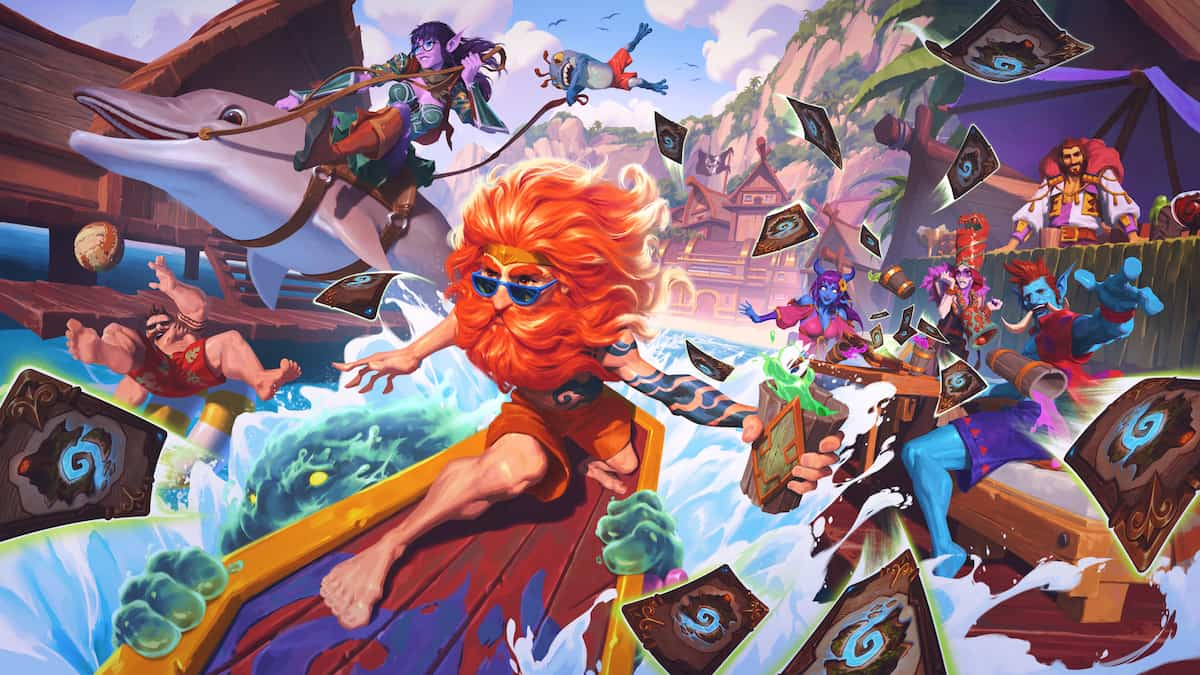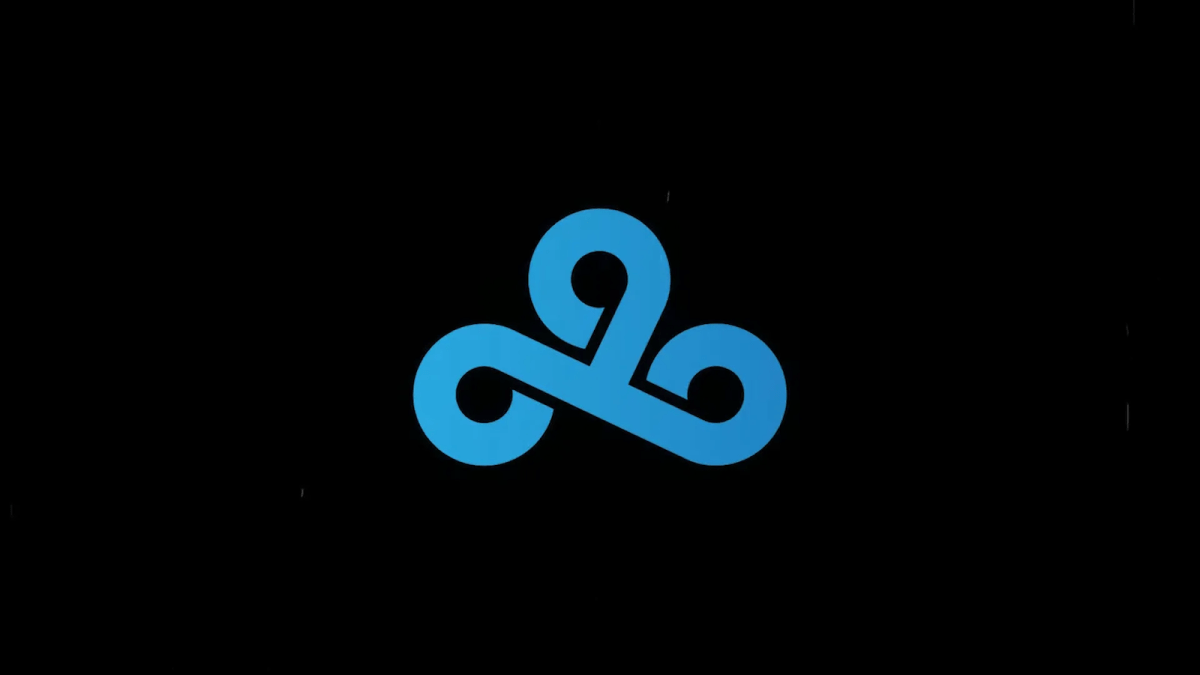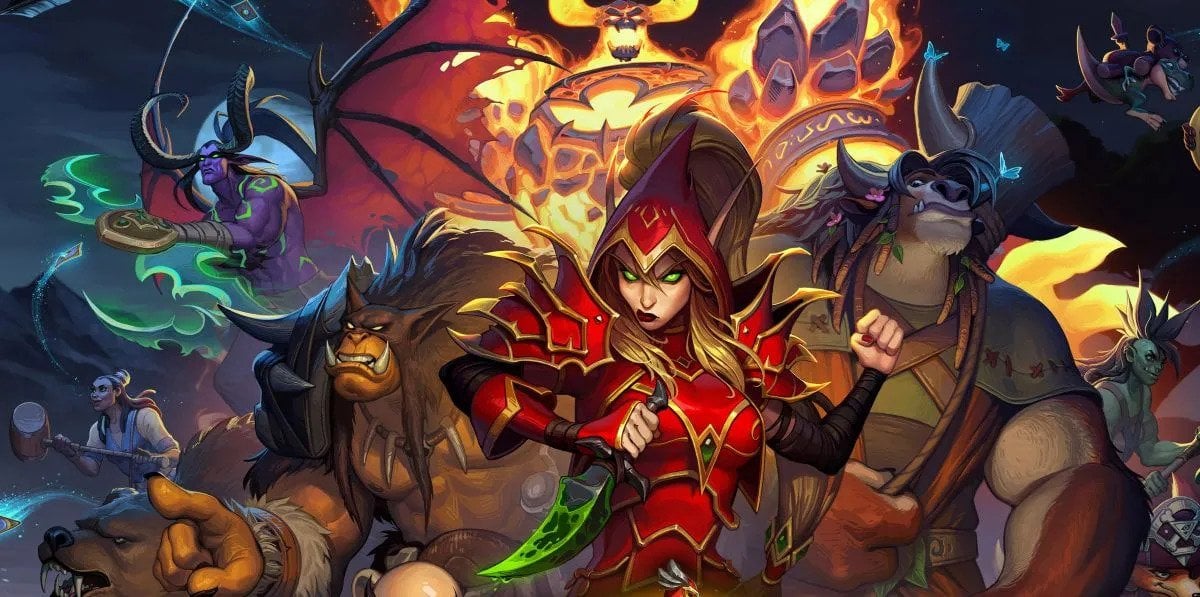Ah, Dragons. Is there anyone playing fantasy-themed games that doesn’t love dragons? Way back when I was playing Magic the Gathering, I was always in awe of the dragon cards. Even when they weren’t especially useful, there was a certain flair in each and every one of them.
Hearthstone’s Dragons really took off in the Blackrock Mountain adventure, which introduced some very powerful dragons and cards that synergized beautifully with dragons. Some early experiments were done with Dragon Paladin, and while that archetype still has a place in my heart, everyone ultimately settled with Priest as the go-to hero to play your Dragon themed deck.
But as is the case often – just like it was with Pirate Warrior – all that was needed to take an archetype from not viable to pretty good is an expansion and a couple of new cards. Whispers of the Old Gods gave us a couple of important tools that make Dragon Warrior not only viable but absolutely thriving!
Warrior was never my main hero, but I enjoyed the pirate deck so much that I even considered dropping the cash for Magni ( Garrosh strikes me as a bit of a bad sport ), and I always loved Dragons so I decided to explore some Dragon lists and was surprised by how easy to play and powerful it is! This is the best of those lists, as far it worked for me.
As usual, I’ll give you a deck overview where the basic strategy is discussed, and then I’ll go into detail on each of most of the cards. Finally, I’ll advise on some swaps you can make to cheapen the deck or adapt to a particular meta, just before finishing with some tips on how to mulligan.
Warrior players get both the Pirate deck and the Dragon deck! Seriously, how awesome is being a Warrior right now?
Deck Overview and Strategy
This is a tempo deck, meaning that you’re aiming to out-value your opponent’s plays at every opportunity. Luckily this is easy enough through the dragon mechanics. As long as you have a dragon in your hand – a pretty good chance, considering the amount of them in the deck – a lot of your other cards will deliver extra value for their place in the mana curve.
While this is a very different beast from its Pirate cousin, the gist of the strategy is similar: play the board game, making beneficial trades and dishing out occasional face damage, until you see a chance to make the shift from manipulating the board to going full-out aggro on your opponent’s face.
The exact moment of when to do the switch takes practice to learn and will always vary on a case-by-case basis, but as a general rule, If you find you’re a turn or two away from lethal, start applying pressure and let your opponent worry about the trades. As we will see later, the opportunity to activate drakonid-crusher is also a good flag to signal the time to switch to a more aggressive approach.
Card Choices and Synergy
blood-to-ichor is a very flexible spell that is often best used as a means of using weakening a minion so you can then go in for the kill with your weapon, but don’t shy from using it on one of your own minions to build your board. A triggered blackwing-technician can usually take the hit, or you could even use it to activate frothing-berserker into a larger threat!
execute is one of the best removal spells in the game, and it can pair beautifully with the former card to remove problematic minions. Keep in mind that this deck doesn’t have another clean way to deal with big, meaty minions, so avoid spending this one unless you really need to. It’s a card that usually shines the most in the late-game, in response to your opponent’s bigger threats.
sir-finley-mrrgglton – as this is a deck that centers around building a board by trading favorably – and not so much with your face – the warrior’s Hero Power is not so hot. Viable replacements will vary according to who you’re facing, of course, but I tend to gravitate towards the Hunter’s Steady Shot for greater damage output, or the Mage’s Fireblast to compliment the deck’s removal. The Priest’s Heal is also a good option, allowing your beefier minions to trade even more favorably.
alexstraszas-champion is fantastic value, so long as you can activate her battlecry. That shouldn’t be too hard in this deck, though. While it doesn’t reach argent-horserider levels of awesomeness, it’s still a way to apply immediate pressure in the early game, and maybe take out a problematic minion later on.
faerie-dragon is a very annoying minion for some classes to deal with. It will particularly vex Shaman and Warlock players as it can trade favorably with their early game while being immune to most of their removal. Mages can always luck out with arcane-missile but it still poses a threat to their cherished mana-wyrm .
That said, you will often want to hold on to this little guy instead of playing it on curve, as a means to activate your Dragon-dependant cards.
fiery-war-axe is nicknamed “Fiery Win Axe” for a reason. Always a keeper, it can effectively lock down your opponent’s early game if you manage to equip it on turn 2. Some players will flat-out rage quit if you equip it on turn 2 – it has happened to me a couple of times!
slam is not the card advantage you’re looking for. To put it bluntly: if you are in the position to use it to draw a card, you’ve probably wasted it, because you need to use another card to bring your target down.
So what is it good for? Well, it can give your minions extra reach without tempo loss, or even give your fiery-war-axe extra reach resulting in a minor tempo gain. In the late game, it can help bring a big threat down while simultaneously cycling your deck in search for your finishers.
But I point all of this out because the number one mistake I see players doing with it is not using it unless they get to draw the card. Would you put in your deck a card that read “Deal two damage and draw a card. You can only use this if your target won’t die from the damage.”? Of course not. Flexibility is the value of this card – don’t miss the chance to destroy a key minion early on just because you want the draw effect!

blackwing-technician is a good body to help transition from the early game to the mid game. It’s a really meaty minion when played on curve with the battlecry activation, and should enable you to trade at least 1-for-2.
frothing-berserker isn’t as awesome here as in Patron Warrior, as this deck isn’t specifically built around it, but that said, you have some good activators like ravaging-ghoul and blood-to-ichor , making him a solid card for its cost, one that can very easily snowball into a real threat. Remember to make any trades before attacking with him.
ravaging-ghoul is yet another card that can help you make a smooth transition into the mid game phase, while giving you a very solid way to take the wind out of aggro. It can also chip at a bigger minion to open it up for removal with execute .
korkron-elite is here to help you start applying pressure as you transition to the mid game. It can trade favorably at times but you’ll usually want to go face and have your opponent deal with it.
twilight-guardian stops aggro decks on their tracks and is a decent body against everyone else. Value-wise, it’s not as good as most other dragon cards if you don’t activate the battlecry, so aim for it.
azure-drake is probably the top 5-mana neutral minion in Hearthstone. True, you have few spells that benefit from its Spell Damage ability, but it’s a good body, it draws you a card, and it helps you activate those Dragon synergies. Save it in your hand unless you’re looking for a card or want to apply more pressure.
blackwing-corruptor opens your endgame, taking out a minion or helping you trade favorably into one, while at the same time placing a problematic body on the board. By the fifth turn you don’t usually want to stall the game, you want to push on, so if your opponent has an empty board (wonderful!) and your side needs an extra minion, just blast him in the face for added pressure.
drakonid-crusher will be your main finisher. It works beautifully in this deck, because unlike most end-game minions, it almost never feels like a drag in your hand early on, as it will help you activate your Dragon synergy cards.
In a post big-game-hunter meta, it’s also a real pain for most classes to deal with, especially when boosted, which you’ll want to do as often as possible. In fact, once you see that you can get your opponent at 15 or under and play this afterwards, it’s a good sign that it’s time to pivot from board control mode to aggro-to-the-face mode.
grommash-hellscream is your other finisher. It can usually remove a minion and be boosted for use on the next turn, but if you happen to have a blood-to-ichor or even a slam on you, you can deliver 10 damage to the face while placing an extra body on the board or drawing a card. Win-win.
ragnaros-the-firelord is your final finisher. Considering the deck’s emphasis on keeping your opponent’s board thin, Ragnaros will often mean 8 damage straight to the face. But even if your odds aren’t as good, you never know. If your opponent has two minions on the board and is at 8 health, that’s a 33% shot at taking him / her out immediately. I like those odds.
Alternate / Tech Cards
This deck is tuned to a meta richer in aggro decks. If you find the meta to be slower, you can afford to be a bit greedier in your card choice. frothing-berserker is a fan favorite and I’d remove a faerie-dragon to make room for a second one, as the deck has enough Dragons to ensure there’s almost always one on hand.
Removing blackwing-technician means you are a bit weaker and more vulnerable during the early game but makes room for two very powerful late game plays in the shape of deathwing and alexstrasza .
The former gives you a really nice reset button that can turn the tide if your opponent is unlucky enough to lack removal. It’s especially nice against greedy decks that want to field several large minions (like Shaman or Druid ) when they think all your removal consists of a pair of execute . The fact that you need to discard your whole hand is of course problematic so balance the pros and cons carefully. If you start factoring this card into your plans early on, then using sir-finley-mrrgglton to try to grab the warlock power is not such a bad idea.
alexstrasza lets you play more conservatively and really focus on keeping a board advantage, as you can usually drop it and then follow up with a boosted drakonid-crusher . Of course you can always use it to heal yourself up from the brink of death, but if you get in that position using this deck, it’s not very likely that Alex’s heal will save you.

Mulligan Guide
Can you say “ fiery-war-axe “ one more time? Yes, no prizes for guessing that you want that in your starting hand. I know it’s terribly unoriginal but that’s the way it is.
alexstraszas-champion and faerie-dragon should be your second picks for a very strong early game. And if you have a feeling that you’ll be facing aggro, it might be a good idea to look for a ravaging-ghoul, too.
Closing
Dragons, dragons everywhere! This deck might struggle a bit with gaining the upper hand during the early game (unless you start with the All Mighty Axe, of course ) but once your mid game and late game minions start dropping, you will find that things start going much more smoothly.
The deck curves well, has some good removal options, and assuming you can pull off the synergies (which should not be difficult ), your drops will be extremely valuable for their place in the curve. Couple this with some strong endgame minions and you have a very fun list to play that remains competitive while climbing the ladder.
Do let me know what are your experiences and thoughts in the comments section below – I will update the main article with any particular juicy insights that you, the readers, may offer.





Published: Aug 5, 2016 11:58 am